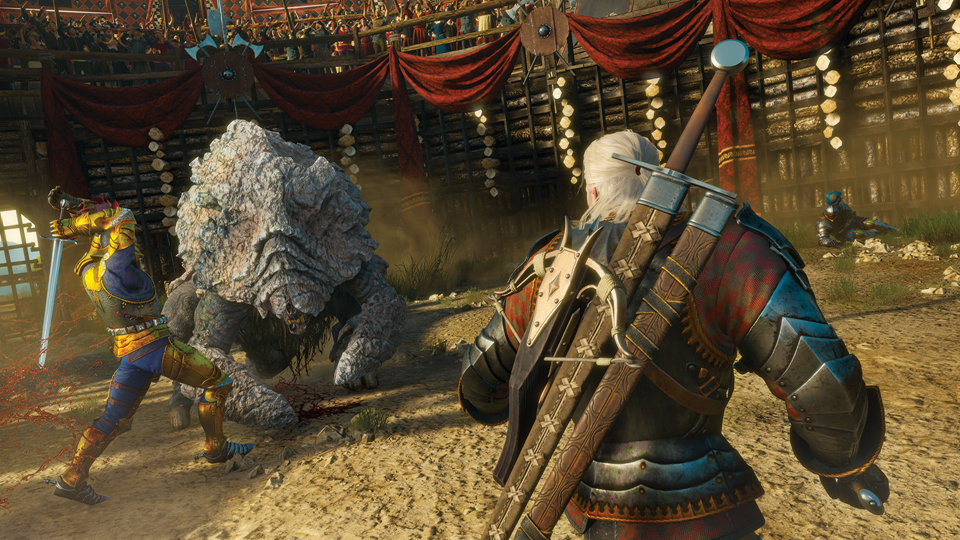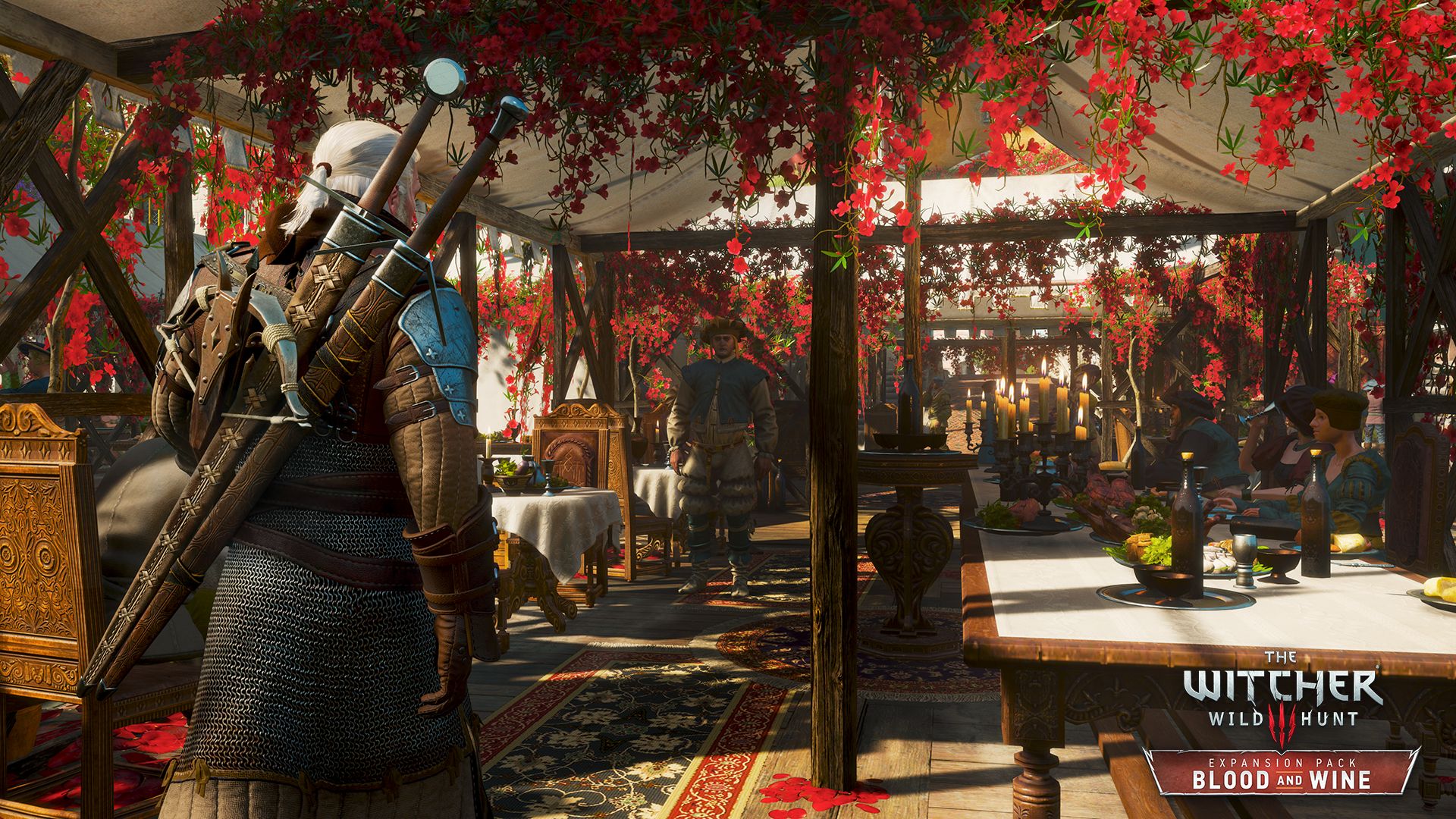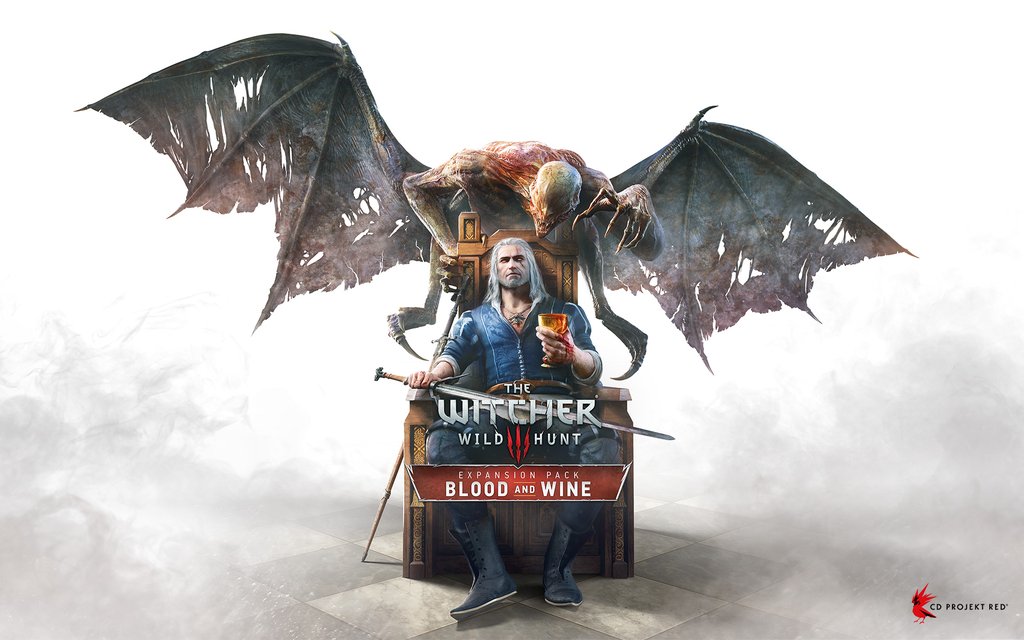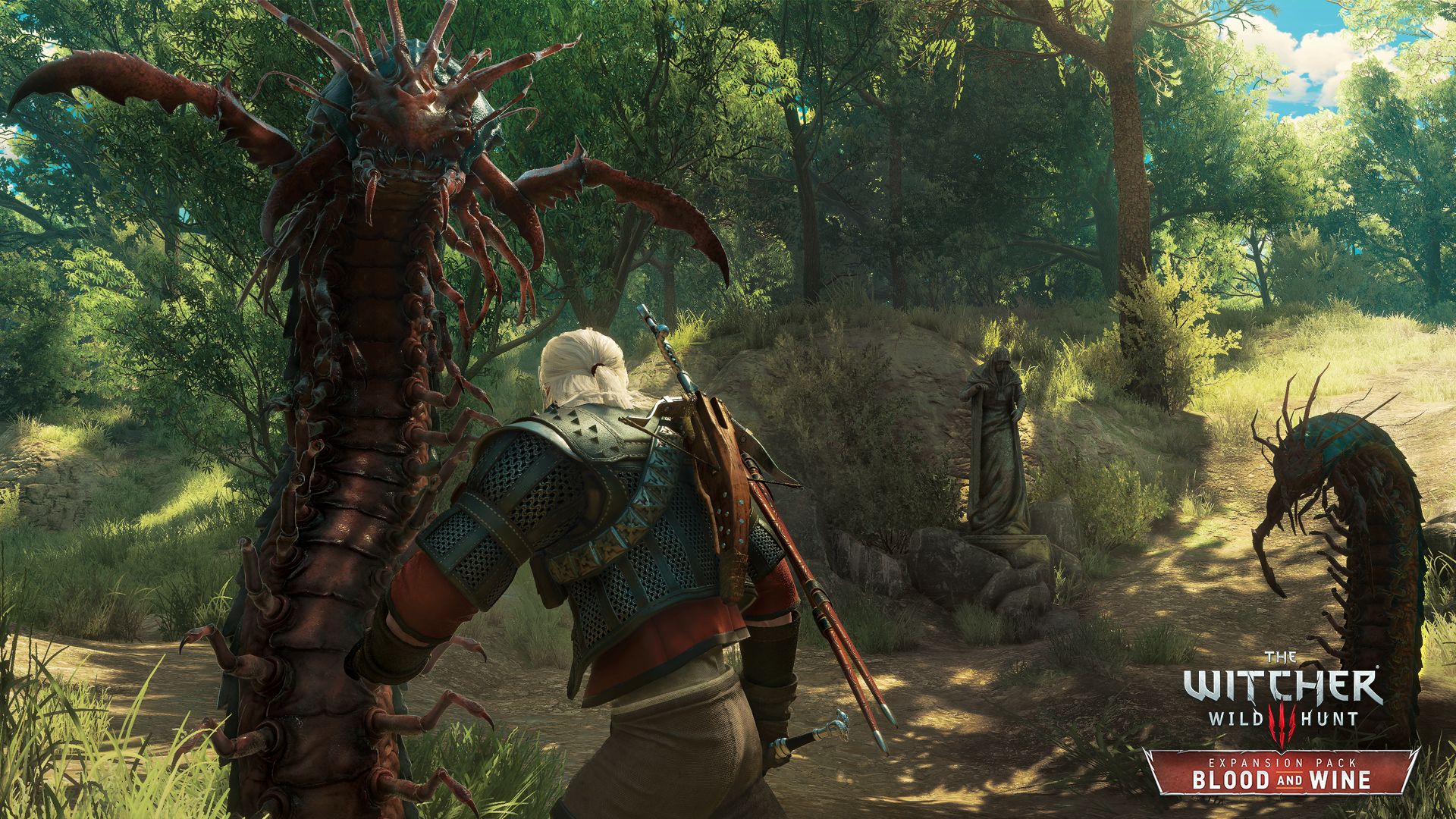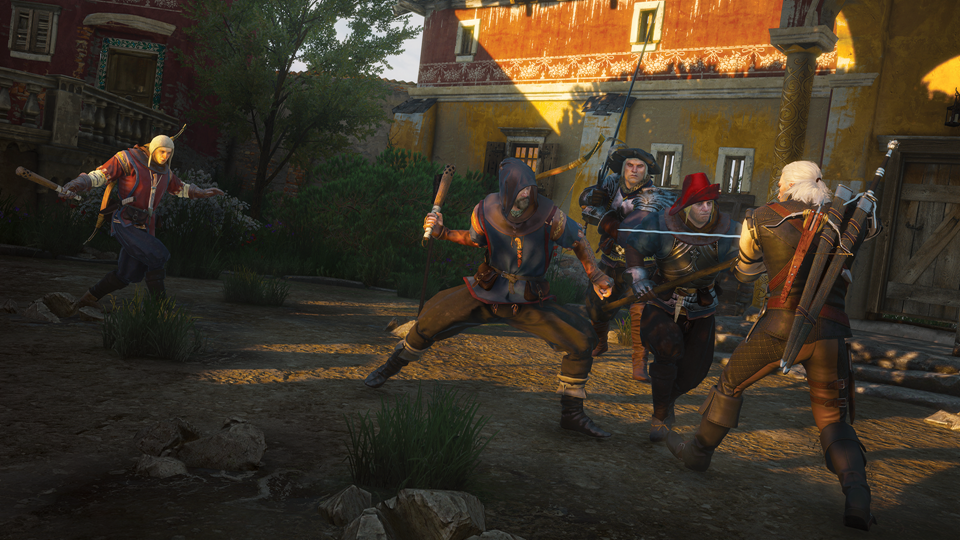Get Geralt some fancy new Mutation powers.
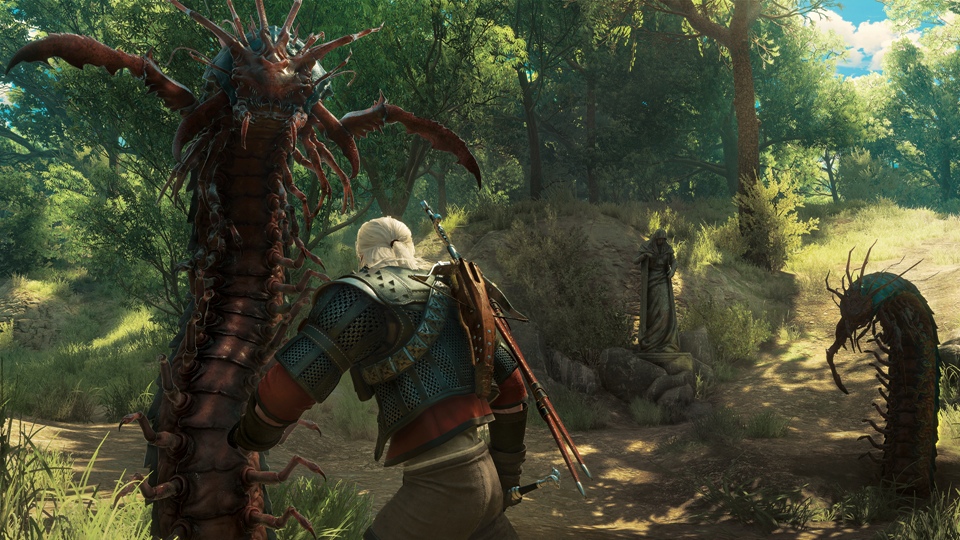
The Witcher 3: Blood and Wine – Turn and Face the Strange
This quest is discovered the first time you head up to the Duchy proper – into the main city that dominates the skyline of Toussant, Beauclair. A young boy will deliver you a letter from a close friend, and that kicks off this quest. This can either be triggered naturally through progression of the main plot or by heading into the city earlier on in the plot than necessary. It’s suitable for Level 35 and up.
Head to the cemetery just outside the city and use your Witcher senses to find the correct grave. It’s the one near the middle of the marked search area on your map, and is at the base of a tree.
After this, examine the tomb, the body, and the footprints leading from the grave towards the road with your Witcher senses. There’s a bit of intrigue, but little to help… so, it’s time to follow the map included with the letter.
Go to your inventory. Under the Quest Items header is an ‘Old Map of Toussaint’. View it. This will update your in-game map with a new waypoint – head on there.
You’ll notice your objective is right in the middle of the water. Dive in. Right in the middle of the map marker is an underwater temple sort of structure, and when you dive down and into it, there’s a teleporter right in the middle. Be wary of the floaters in the water here, and take them out while submerged with your crossbow if they get too close.
Inside Moreau’s Secret Ruins
On the other side of the teleporter you’ll find some underground ruins that are further in-land, back under Toussaint proper. Move through this area, but do so with care – there’s spike traps that can deal out a lot of damage. You’ll want to take your time, and there’s some half-decent loot spread around these caves, often requiring even more careful navigaiton of the traps to nab.
Eventually you’ll enter an area where a magic barrier will rise. You’ll have a small encounter with two enemies here, but they’re not difficult to defeat. Head on through into a maze-like area, but don’t worry – it’s obvious where to go. At the end of that, you’ll find the professor’s diary. Read it.
After reading the diary, climb up onto the rock directly in front of where you found it, then up again into another room. You’ll be ambushed by an enemy here, but it’s just the same kind that you just now killed. Head left into the next room.
In here there’s three switches to hit with your crossbow to open a door that’s opposite you when you enter, Zelda-style. One is to the left of the door, in the shadows. One is to the Right of it. One is on the wall to the right of the door. The final switch is opposite that one – it hangs from some ruins, above where the rope crosses the chasm. Hit them all, then head through the door.
The next room has a bunch of gargoyle statues and a big statue in the center. Grab the loot from the box at the base of the statue, then use Witcher Sense to examine the pot next to the big statue. One of the gargoyles will come to life (who saw that coming?) and you’ll have to kill it. Once it’s dead, use its paw on the pot you just examined. An load portals open. Uh-oh.
We had the Zelda target-shooting puzzle, now we have a bit of a Lost Woods style maze puzzle! Here’s how this works: the statue will always be facing the portal you need to head to. The portal you need to head to will always be on the same floor as you arrive. We recommend you solve this yourself, but here’s the solution:
Head through the Portal to the left of where you entered. You’ll come out one floor up. If you look at the staute, it’s obvious the portal you need to take is the one right across from you, but you can’t reach it. You need to drop down a floor, then climb back up to the portal you need.
This time you’ll head out even higher. Head all the way around to your left – you’ll have to drop down and climb back up a little just before the portal. Voila! You’re in the lab.
Inside Moreau’s Lab
Look on the desk in front of you and to your right. You’ll discover a journal entry about Giant Centipedes. Whatever could it mean?! You’ll find some more loot including a crystal on the desk, and then another crystal around the corner to the right. With these done, head back in the room and find the equipment that glows red when you use your Witcher Sense. Pop the crystals into this item, and then prepare for an exposition drop.
Your objective now changes – you need a giant centipede albumen. Ah. Head to the back of the room and turn right into the cell at the end. Through there you’ll find a broken wall and a passageway through into some slimy, gross-looking caves. Before you enter, you’ll want to prepare for a fight. Meditate, apply oils (given it’s going to be giant Centipedes, consider insectoid oil) and anything else you want to prepare, then head in. You’ll have to fight several beasts in a couple of different areas. Search around after each fight and eventually you’ll come across the eggs. The caves loop back around to the lab.
Once back in the lab, use the eggs on the contraption that’s suitable for a man to climb inside. Strip Geralt down and enter – you’ll now have access to the new Mutations system!
To get out of the lab, head back around to where you found the second crystal. There’s a door here, but we don’t want that – we want the little metal frame with a crystal in it. Hit it with a blast of Aard and a portal opens. That portal leads back to Tossaint – and this quest is done.



